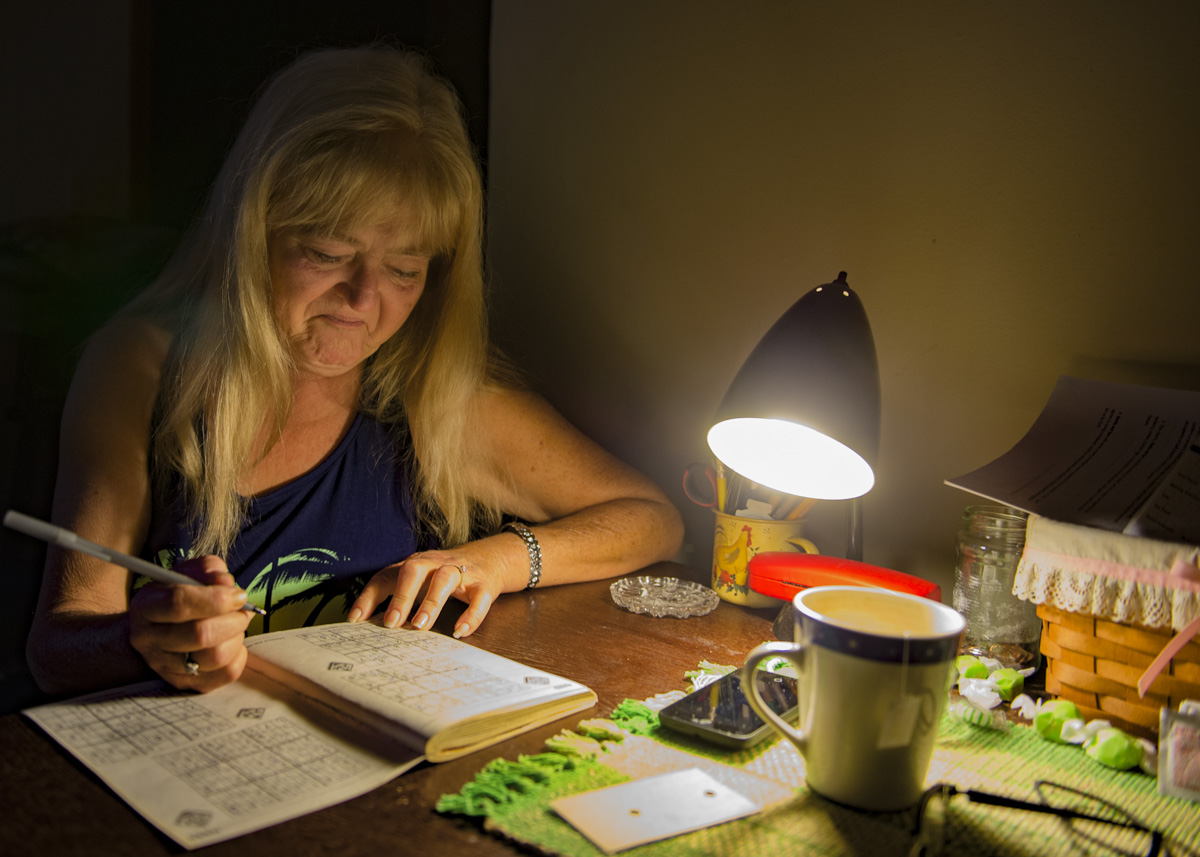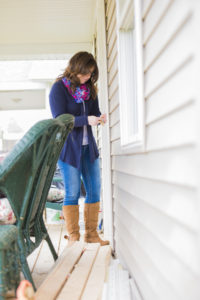
Jackson County residents came together in October for a fundraiser supporting efforts against homelessness
by Olivia Bower
Jackson County approaches homelessness in a different way by acknowledging the problem and working to solve it, as evidenced by an Oct. 1 fundraiser.The idea for the fundraiser, the first ever “Hope for the Homeless” organized by JacksonCounty Homelessness Committee (JCHC), was born out of Jackson County residents’ continued support, after other successful events were held in the community.

For example, one event last year called “Cardboard City” involved a group of Girl Scouts sleeping under cardboard in a nearby park to simulate homelessness and raise awareness about the homeless population in the county. Such tactics inspire area residents such as fundraiser attendee Sherry Williams, of Oak Hill, to become involved and invested in JCHC’s future. “It’s definitely something to grow in,” she says.
According to the U.S. Department of Housing and Development’s Annual Homeless Assessment Report, Ohio had 11,182 homeless people in 2015, representing an increase of 10percent since 2007, the fourth largest increase in the country. In larger cities like Columbus orCleveland, homelessness is often publicly observable, for example, seeing people sleeping under bridges or panhandling. But homelessness also exists in smaller, rural communities, says JCHCExecutive Director Laura Fain, manifest by people sleeping in tents in the woods, or in their cars,or couch surfing at relatives’ or friends’ homes.
Fain, who started working with the committee in 2015, admits she, too, was blind to the problem when she first heard about the homelessness committee. “I chuckled because I thought,‘We don’t have a homeless community. There’s no homeless in Jackson County,’” she
remembers.
Though a majority of the 483 callers who contacted JCHC last year had stable housing and only asked for help with food, rent and utilities, some needed help with housing. Forty-sixJackson County callers who reached out to the committee that year were homeless, Fain says. The committee certainly fulfills a community need.
Because Jackson County lacks a homeless shelter, JCHC provides transitional housing for people who qualify. One plot of land was donated earlier this year by the Jackson Area Festivals and Events Committee to use for transitional housing, and JCHC partnered with Sojourners Youth build, a development program out of McArthur for Appalachian youth, to build a two-bedroom house to be finished by the end of the year on another of JCHC’s two lots.
Because Jackson County lacks a homeless shelter, JCHC provides transitional housing for people who qualify. One plot of land was donated earlier this year by the Jackson Area Festivals and Events Committee to use for transitional housing, and JCHC partnered with Sojourners Youth build, a development program out of McArthur for Appalachian youth, to build a two-bedroom house to be finished by the end of the year on another of JCHC’s two lots.

For Don Denny and Sheliah Price, JCHC was exactly what the couple needed after losing their mobile home to a fire. The transitional housing provides them with a place to live as they try to build a new home.JCHC also runs a food pantry and helps to pay bills. Local businesses, churches and schools collect donations for the food pantry, located in a room of the basement of Christ United Methodist Church.
The common component running through all of JCHC’s efforts is community aid. When
describing the efforts of JCHC in battling homelessness, Fain talks about people banding together to put forth a collective effort. The committee is a nonprofit organization, run from funds donated by community members. All of the board members are volunteers. People go in for three hours a day to answer phones. This community assistance keeps JCHC running,building not only finances but also morale.
describing the efforts of JCHC in battling homelessness, Fain talks about people banding together to put forth a collective effort. The committee is a nonprofit organization, run from funds donated by community members. All of the board members are volunteers. People go in for three hours a day to answer phones. This community assistance keeps JCHC running,building not only finances but also morale.
“It shows how much Jackson County cares about its people,” Fain says. “It’s truly a
community effort.”